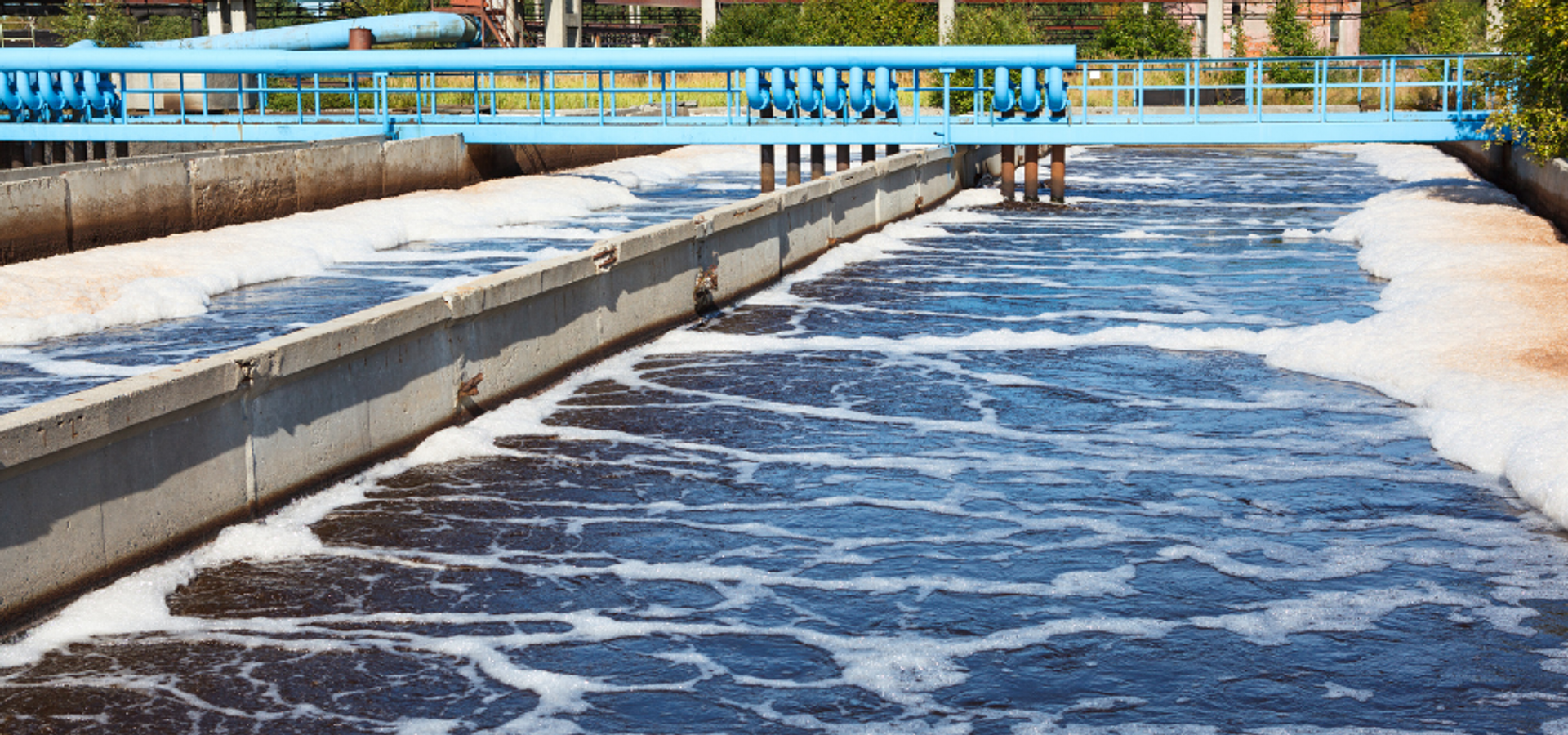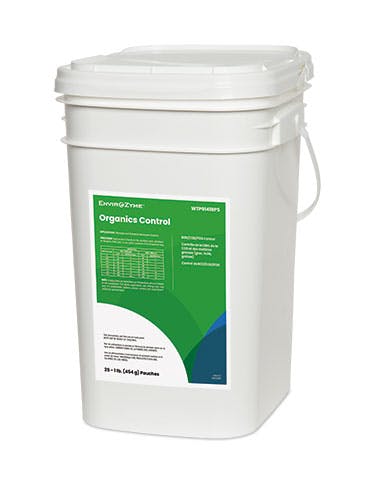
What You Don't Know About BOD and COD May Hurt You
Since the Clean Water Act and formation of the EPA in the 1970s, water resource recovery entities in the U.S. have been legally required to continually improve the quality of their effluent. Spurred by rising population and production, however, wastewater quantity has actually increased over the same timeframe. The combination of these 2 factors has necessitated more efficient removal of pollutants to produce discharge within environmental regulatory limits, including with regard to BOD and COD.
Because elevated BOD and COD cause exceedances on the operator’s NPDES permit and can lead to fines and dangerous pollutants entering the water system, it’s more important than ever to fully understand these wastewater quality determinants.
What exactly are BOD and COD?
Both BOD and COD are used to determine the concentration of carbon-based compounds in water.
BOD, or Biochemical Oxygen Demand, is the amount of dissolved oxygen needed for microorganisms to degrade organic matter under aerobic conditions at a specific temperature over a certain time period. It is based on the idea that microorganisms will continue to consume waste until the food source is exhausted, as long as enough oxygen is available to support the process.
COD stands for Chemical Oxygen Demand, and it is the amount of oxygen that will be consumed by the chemical break down of both organic and inorganic compounds. As such, COD will always be higher than BOD. Because the test for COD takes only a few hours (as opposed to the test for BOD, which takes 5 days), it can be used as an operational adjustment parameter in close to real time.
Why are BOD and COD levels important in evaluating water quality?
BOD, which is primarily used in the United States, and COD, which is used worldwide, both serve as the main benchmarks of measuring the level of pollution (or waste) in a receiving stream. The measurements of BOD and COD are direct representations of the organic/inorganic fractions present in the inflow, as contributed by contaminants coming from the waste processes upstream.
- Municipal BOD average loadings are in the 150–300 ppm range.
- Average municipal COD levels are in the 300–600 ppm range.
Of course, wastewater generated by commercial, industrial, or institutional facilities often has higher BOD and COD levels compared to domestic wastewater.
How are BOD and COD eliminated?
Activated sludge, which comprises the majority of the biomass population in wastewater treatment, is designed to target and break down both BOD and COD.
- Microorganisms quickly absorb soluble BOD.
- They create enzymes that break down organic particles outside the cell, creating BOD.
- Cells absorb the produced BOD and process it into energy and nutrients for growth.
- Excess BOD is stored if not used immediately, to be processed when food availability is limited.
The table below lists common BOD and COD removers.
| Heterotrophic | Autotrophic |
|---|---|
| Bacillus sp. | Nitrosomonas sp. |
| Pseudomonas sp. | Nitrotoga sp. |
| Paracoccus sp. | Nitrospira sp. |
| Nocardia sp. | Accumulibacter sp. |
| Gordonia sp. | Tetrasphaera sp. |
| Acinetobacter sp. | Nitrobacter sp. |
| Thauera sp. | Thauera sp. |
What causes a system to lose BOD and COD reduction capabilities and how can they be restored?
There are 3 main reasons that BOD and COD removal declines:
- Mechanical issues, such as failure of equipment in the treatment plant, have occurred.
- Washout was caused by environmental issues, like heavy rains, storms, or extreme low temperatures.
- Toxic loads in the waste stream destroyed the resident biomass.
In order to restore BOD and COD reduction capabilities, it is necessary to:
- Determine and—to the extent possible—correct the cause of the upset.
- Repopulate the biomass with viable microorganisms.
EnviroZyme has recently added a new robust tool for restoring healthy biomass populations and subsequent BOD and COD reduction across a broad spectrum of municipal and industrial treatment systems: Organics Control. You can learn more about this product, which serves as the backbone of our bioaugmentation product line.
Loading...
In 2020 alone, there were over 5,000 cases of organic limit exceedances documented by the EPA’s enforcement and compliance arm. With our new line of water and environmental technologies, EnviroZyme is fully prepared to help even the most challenged water resource recovery entities attain discharge within all environmental regulatory limits.
